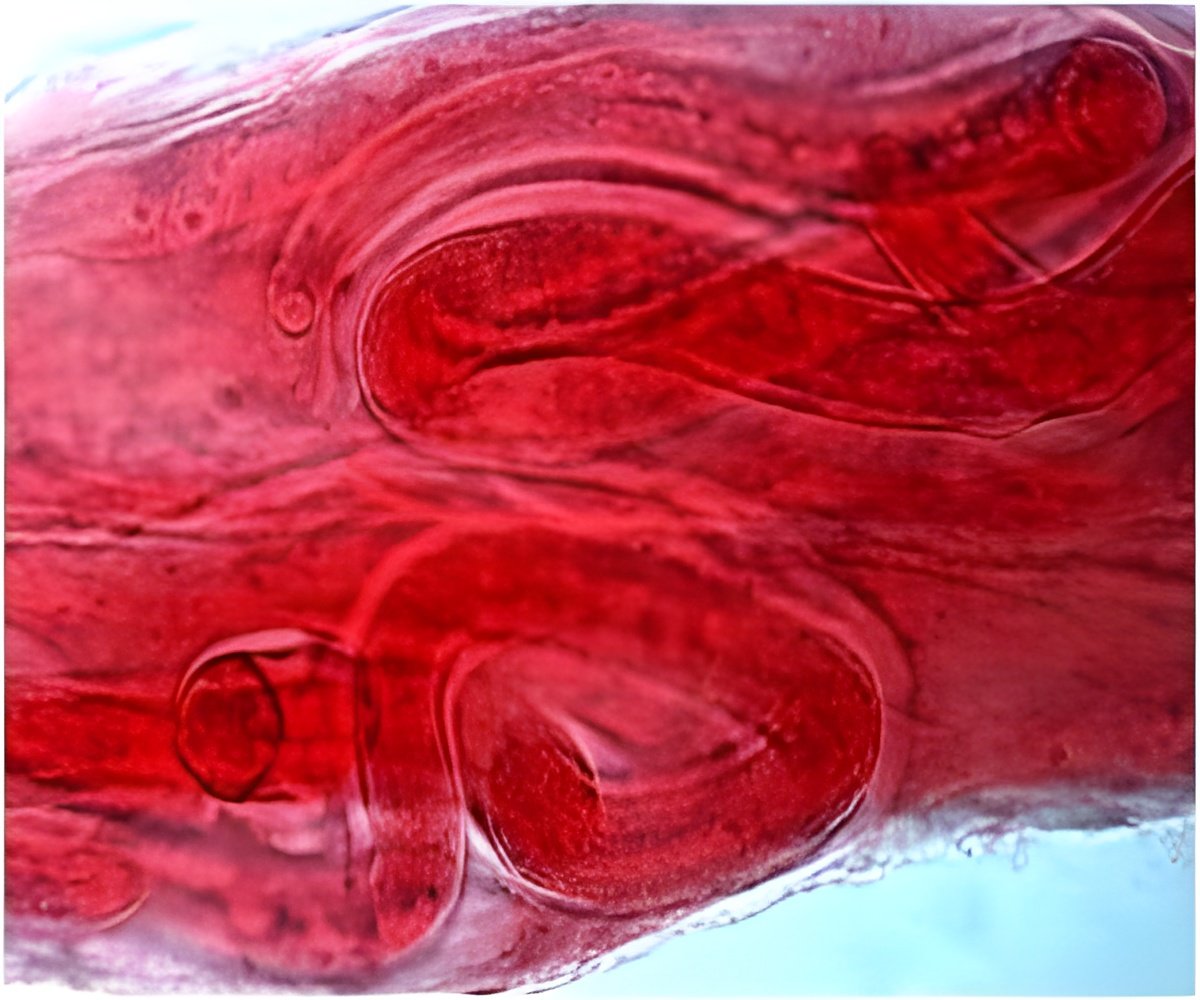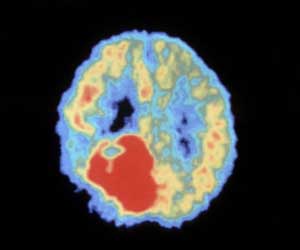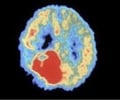Toxoplasma gondii is the most frequent cause of infection leading to destruction of the back of the eye for persons in most countries in the world.

‘Highly virulent strains of Toxoplasma are known to cause lethal disease, especially in South America. The estimated annual incidence of toxoplasmosis over the last ten years in the US was 6,137 people.’





Their findings provide conceptual and practical roadmaps for improving the efficacy and reducing toxicity of available medicines. They also offer insights into the biology of T. gondii, suggest critical molecular targets for new medicines, and offer renewed hope for the speedy development of much-needed curative medicines for those with toxoplasmosis--and potentially malaria. The researchers describe three significant steps forward: They characterized a new experimental model, a Brazilian strain of T. gondii, called EGS, which behaves in tissue culture much like the dormant cystic parasites that live in human brain cells. This is "an immensely useful and important advance for medicine development," said the study's corresponding author Rima McLeod, professor of ophthalmology and visual sciences and of pediatrics at the University of Chicago. "It allows us to define its genotype and phenotype in depth and to identify what it does to its human host's blood and primary brain stem cells. Remarkably, this encysted parasite turns on host cell pathways in ways that can alter ribosomal function and cause mis-splicing of transcripts as well as other flaws associated with Alzheimer's and Parkinson's disease."
The researchers found targets critical for the parasite's various life stages. Especially appealing was the parasite's mitochondrial protein, cytochrome b. The team was able to develop compounds more soluble than existing cytochrome b inhibiting quinolones. These can limit parasite survival, and have physiochemical properties commensurate with crossing the blood-brain barrier to treat central nervous system infections. This work emphasizes that the cytochrome bc 1 complex is a critical target. Co-crystallography of the enzyme with the inhibitor provides information to optimize inhibitory compounds.
They show that greater understanding of T. gondii could have significant implications for anti-malarial research. Compounds they developed were highly effective against Plasmodium falciparum, the parasite that causes malaria, including all tested drug-resistant strains. Malaria, McLeod emphasized, "kills a child every eleven seconds."
The team's findings matter because T. gondii is the most frequent cause of infection leading to destruction of the back of the eye for persons in most countries in the world. It is most damaging for infants and children who acquire infection from their mothers during gestation, but it can also cause life-threatening infections in those with compromised immune systems, such as those with cancer, autoimmune disease or AIDS. Highly virulent strains of Toxoplasma are also now known to cause lethal disease, especially in South America.
Advertisement
Source-Eurekalert










